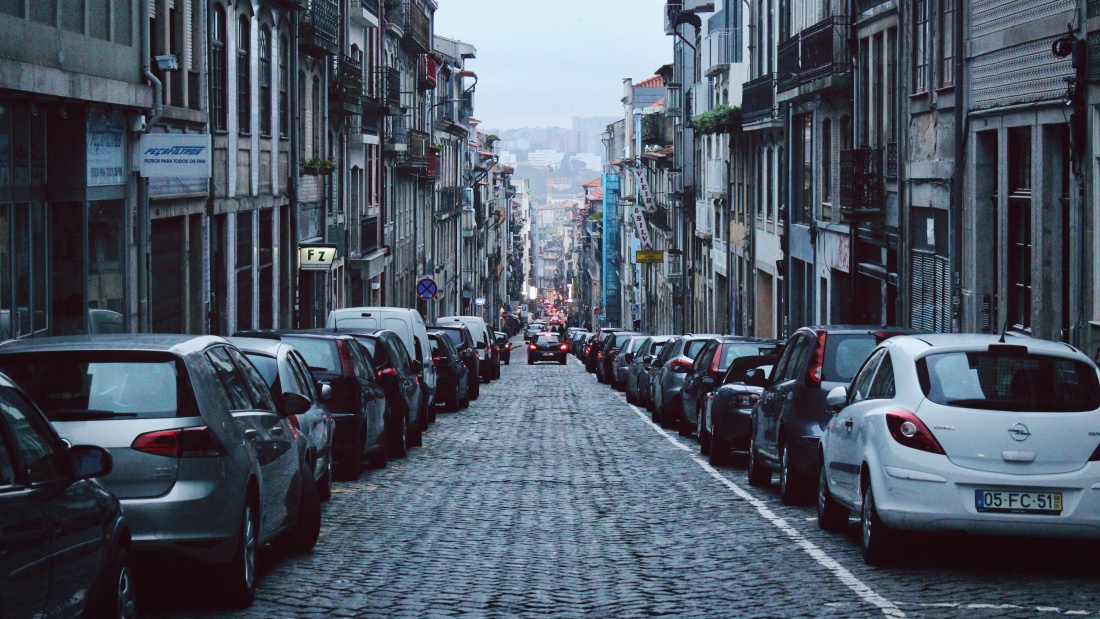
Reducing car size: the quest for finer vehicles
459 days ago
3 minutes
Source: Riff Reporter, A. Reidl
The increasing number of cars on our roads and the corresponding room that they are using has led a team of experts to promote the use of smaller vehicles in our city centres.
Germany is largely considered as the most prolific country when it comes to car production, and one model has continually flourished. The VW Golf. Habitually at the top of popularity and sales rankings, the Golf has matched industry. One side-effect of this, however, is the size of the car. When the Golf was launched in 1974, it measured 1.61 metres wide. At 1.79 metres, the width of the 2022 model is the width of the largest Mercedes-Benz of the 1970s.
New versions of nearly every car model follows suit with the Golf, and this causes a problem for urban spacing, as our streets don’t mimic the trend. Konrad Otto-Zimmermann, former Secretary General of the International Association of Cities for Sustainable Development, ICLEI, has joined forces with a team of experts from urban and town planning. Together, they have developed “fine mobility” concept at the University of Kassel, recognising the need for, “disarmament in traffic from coarse to finer vehicles.”
The Research Association for Roads and Transport (FGSV) is retabulating car design and the corresponding parking space capacity that has become duly effected. Otto-Zimmermann was queried on this study: “In terms of craftsmanship, the FGSV’s approach is certainly clean. But the philosophy behind it, in my opinion, is wrong. The research company uses the vehicle stock to determine the dimensions of the average vehicle, which is not exceeded by 85 percent of all vehicles. Because the vehicles are getting bigger and bigger, the FGSV uncritically adopts this status and cements the car bloat for decades to come, instead of thinking normatively and providing incentives to save space. We should not let the market dictate the size of our parking spaces.”
Commenting on how municipalities can implement countermeasures, Otto Zimmerman said: “Urban space is the most important factor for municipalities. They should be able to decide how much space to give to which types of vehicles. Do they allow a few huge cars to be parked in a section of road, or is it not more appropriate to have more small vehicles parked there instead? So far, the municipalities have lacked the tools to do so. Together with colleagues from the University of Kassel, the VCD and the SRL, we have developed the concept of “fine mobility”. This gives them a new vehicle classification according to size and weight. We used a unit of measurement that everyone knows: product size. We distinguish between seven G-Classes from XXS, XS and S to M to L, XL and XXL.”
When questioned on the vehicle types used in his fine mobility concept, Otto-Zimmermann further commented, “We looked at the entire world of wheels, from roller skates to bicycles and light electric vehicles to off-road vehicles. Around 100 vehicles were systematically recorded. This also shows off all the vehicles above the bicycle and below the car with a meaningful category and a traffic area. The FGSV recognises only one design vehicle: passenger cars and design vehicles, bicycles and motorcycles.”

LEVA EU
Campaign success
Lorem ipsum dolor sit amet, consectetur adipisicing elit, sed do eiusmod tempor incididunt ut labore et dolore magna aliqua.
Member profile
Lorem ipsum dolor sit amet, consectetur adipisicing elit, sed do eiusmod tempor incididunt ut labore et dolore magna aliqua.
